Awards for excellent doctoral theses
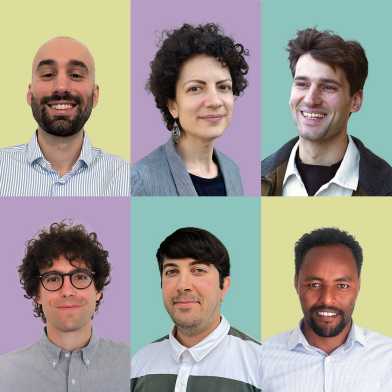
This year, six doctoral students from the Department of Civil, Environmental and Geomatic Engineering are honoured for their outstanding achievements: four of them receive ETH medals, two the Culmann Prize. Big congrats!
Two new "Professors of Practice"
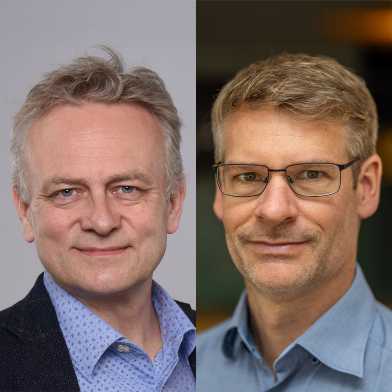
The ETH Board has appointed several professors at the request of ETH President Joël Mesot, including two "Professors of Practice" for the Department of Civil, Environmental and Geomatic Engineering.
"ETH Swiss GeoLab will put us among the world's leaders in Earth observation"
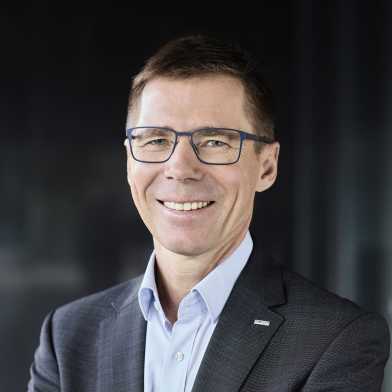
The Jörg G. Bucherer-Foundation's donation of 100 million Swiss francs will enable ETH Zurich to establish a new competence centre for Earth observation. ETH President Joël Mesot explains how the partnership came about and how it will benefit ETH Swiss GeoLab.
The Jörg G. Bucherer-Foundation donates 100 million Swiss francs to ETH Zurich for Earth observation centre
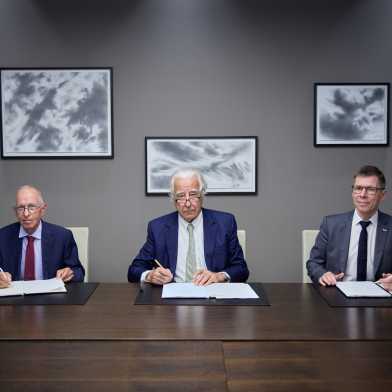
ETH Zurich will receive 10 million Swiss francs a year from the Jörg G. Bucherer-Foundation for the next ten years. The university will use the funds to establish a competence centre for Earth observation with global appeal and a physical presence in the Canton of Lucerne. The Canton of Lucerne is to support the project as infrastructure partner.
New models improve predictions of snow, rock and ice avalanches
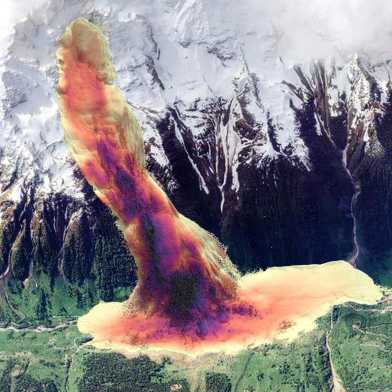
A new 3D simulation tool developed by ETH and SLF researchers now allows for significantly more accurate predictions of complex alpine mass movements, supporting alpine risk management.
“Vertical extensions of buildings are becoming a key option for urban redevelopment”
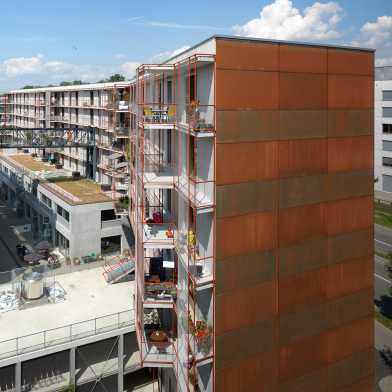
Why are more new housing units being constructed in Geneva each year, while Zurich is seeing a decline? Why are older residential buildings in Basel, Geneva and Lausanne being vertically extended, while they are being demolished and replaced in Zurich? ETH researchers provide new answers to the role of housing construction and its social impact.
Shaping a Resilient Future: SBE25 Begins in Zurich
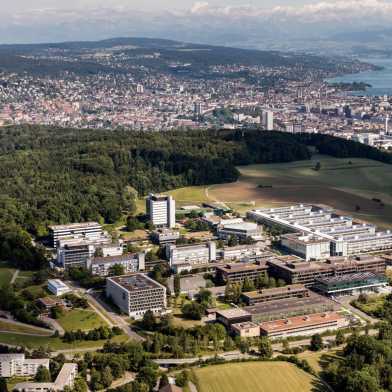
This week marks the opening of SBE25 – Sustainable Built Environment Conference, hosted in Zurich from 25 to 27 June 2025 under the theme “Shaping Tomorrow: Systems Thinking in the Built Environment.” The event brings together more than 400 participants from across the globe to explore how holistic thinking can unlock a just and climate-resilient future for our built environment.
D-BAUG opens its doors to secondary school students
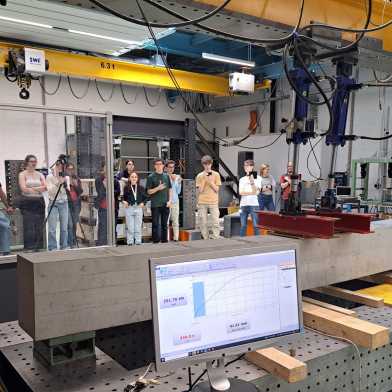
By taking part in the ETH Study Weeks 2025, the Department of Civil, Environmental and Geomatic Engineering (D-BAUG) at ETH Zurich reaffirmed its commitment to promoting and raising awareness of its study programmes. Of the 134 pupils who were distributed across seven different disciplines, 22 applied to participate in the Civil Engineering programme, while 16 chose Environmental Engineering.
Venice Biennale: Golden Lion for climate-resilient architecture
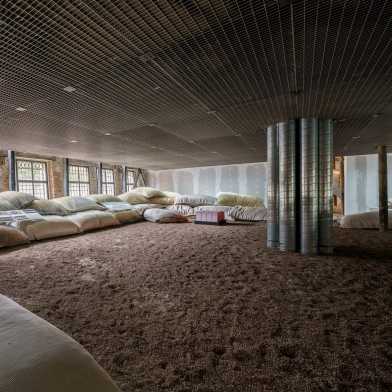
The Golden Lion for the best national contribution at the 2025 Architecture Biennale in Venice was awarded to the Bahrain Pavilion – a project focused on heat-adapted architecture with original contributions from Professor Alexander Puzrin. In total, five projects involving the Department of Civil, Environmental, and Geomatic Engineering at ETH Zurich are on display at the Venice Biennale. They illustrate how research and technology can pave new ways for sustainable construction.
Updated: What ETH glacier researchers know about the collapse of the Birch Glacier
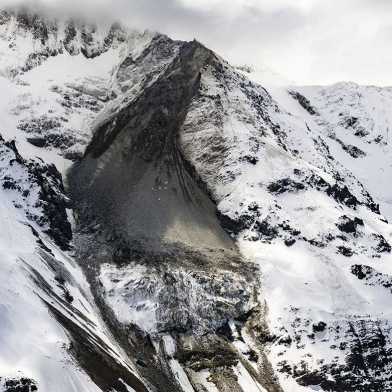
On Wednesday, May 28th, the Birch Glacier collapsed under the weight of rock and debris from rockfalls on the Kleine Nesthorn. Following an on-site inspection, ETH Zurich researchers explain the background to the collapse that buried the village Blatten in an updated fact sheet.
Save twice the ice by limiting global warming

A new study with ETH Zurich, finds that if global warming exceeds the Paris Climate Agreement targets, the non-polar glacier mass will diminish significantly. However, if warming is limited to 1.5°C, at least 54 per cent could be preserved—more than twice as much ice as in a 2.7°C scenario.
Why slower-sinking microorganisms are bad news for the climate

Organic particles that settle on the seabed ensure CO2 stays locked. However, natural gel-like substances slow down this process. Such microscale mechanisms play a crucial role in enhancing climate predictions.
D-BAUG Annual Report 2024 is online!
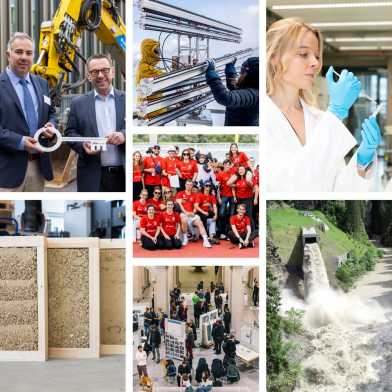
With ten institutes, over 600 staff members, and around 1,000 scientific publications each year, the Department of Civil, Environmental and Geomatic Engineering is actively engaged in addressing some of the most pressing challenges of our time. The 2024 Annual Report highlights key achievements in research, teaching, and knowledge transfer. It also includes information about our donors and partners, along with current facts and figures.
How bacteria swim without food – and why it matters for the climate
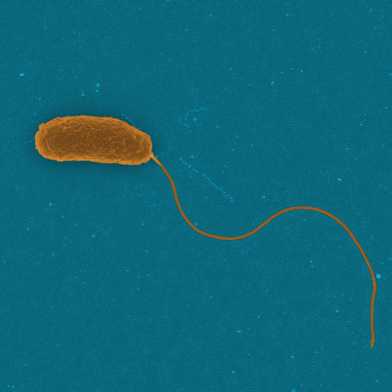
Marine bacteria control how much CO2 is stored in the oceans, by swimming after and degrading sinking particles that would otherwise remain stored in the ocean for millennia. Researchers have discovered that some bacteria can swim for several days without food while searching for these particles, losing body weight in the process. Understanding how marine bacteria do this may lead to a better prediction of marine carbon storage capacity and climate mitigation.
Old water, new insights
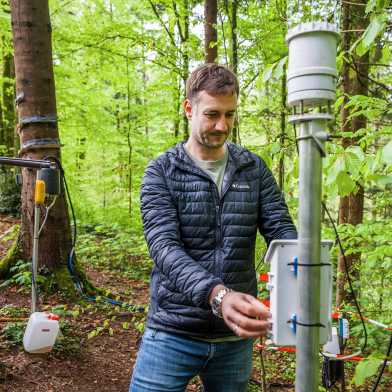
Five years ago, an experiment began at ETH Hönggerberg: researchers set up an outdoor laboratory in the forest near the campus. They used sensors positioned in trees, the soil and in a stream to study water dynamics and the “old water paradox”. ETH News accompanied the head of the experiment, Marius Floriancic.
Steps towards more sustainable and smart parquet flooring

What if wooden parquet floors were not only aesthetically pleasing, but also equipped with sensors in the future? In a project funded by Innosuisse, researchers at ETH Zurich and the Bauwerk Group demonstrated what modern and sustainable parquet floors could look like.
From confectioners to robots – Tor Alva in Mulegns is unveiled
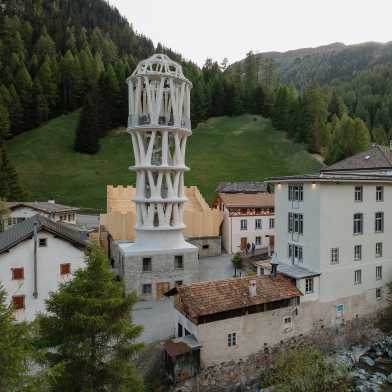
Tor Alva was officially inaugurated in Mulegns today in the presence of Federal Councillor Guy Parmelin and President of ETH Zurich Joël Mesot. The almost 30-metre-high, gleaming white tower is the world’s tallest 3D-printed building.
“The lack of vision has led transport policy down a dead end.”
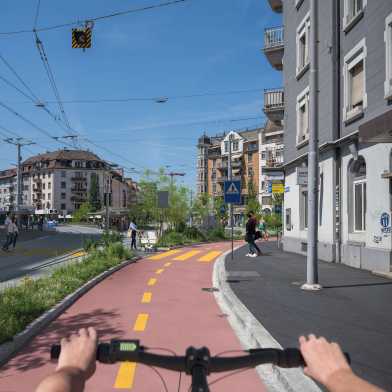
Cities can expand their bike lane networks significantly without causing additional congestion on the roads. That is the conclusion reached by the ETH research project E-Bike City. Project lead and transport researcher Kay Axhausen explains the implications for traffic, the environment and costs.
The Antarctic water puzzle – how flooding contributes to ice melt
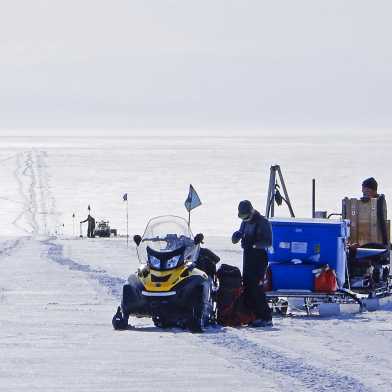
Hidden beneath the Antarctic ice lies a system of lakes and watercourses. A research team, including ETH researchers, has for the first time directly observed the subglacial streams of West Antarctica. Their study shows how individual flood events influence the melting of the ice.
Taming corrosion
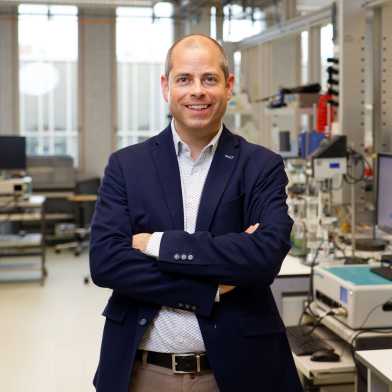
Metal corrosion has been a fact of human life for thousands of years – and still presents us with major challenges today. Ueli Angst researches how we can better understand and control this phenomenon. Two start-ups that emerged from his research group are already developing innovative solutions. On the occasion of his promotion to associate professor, we took the opportunity to ask him what currently drives him in research and teaching.